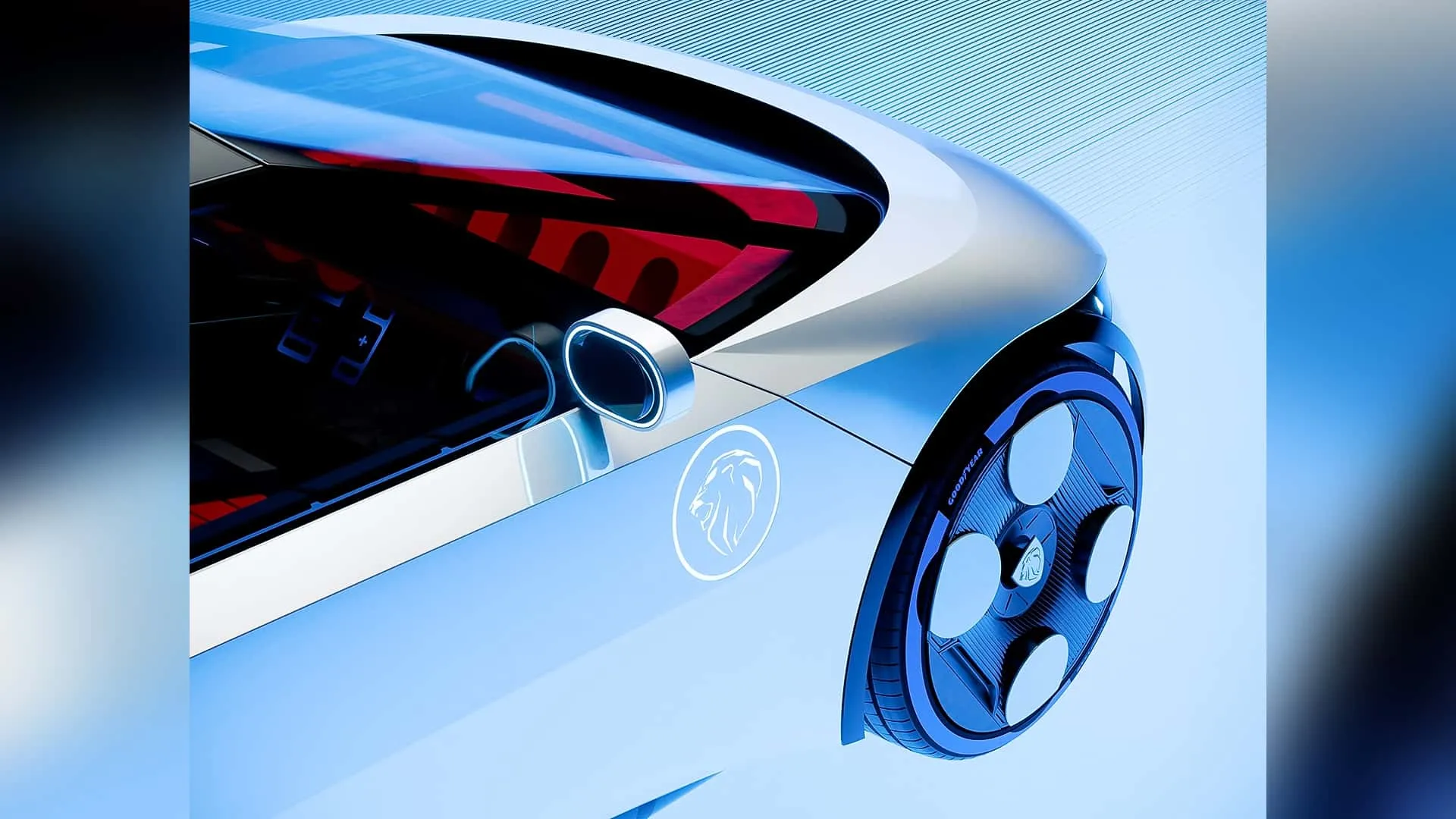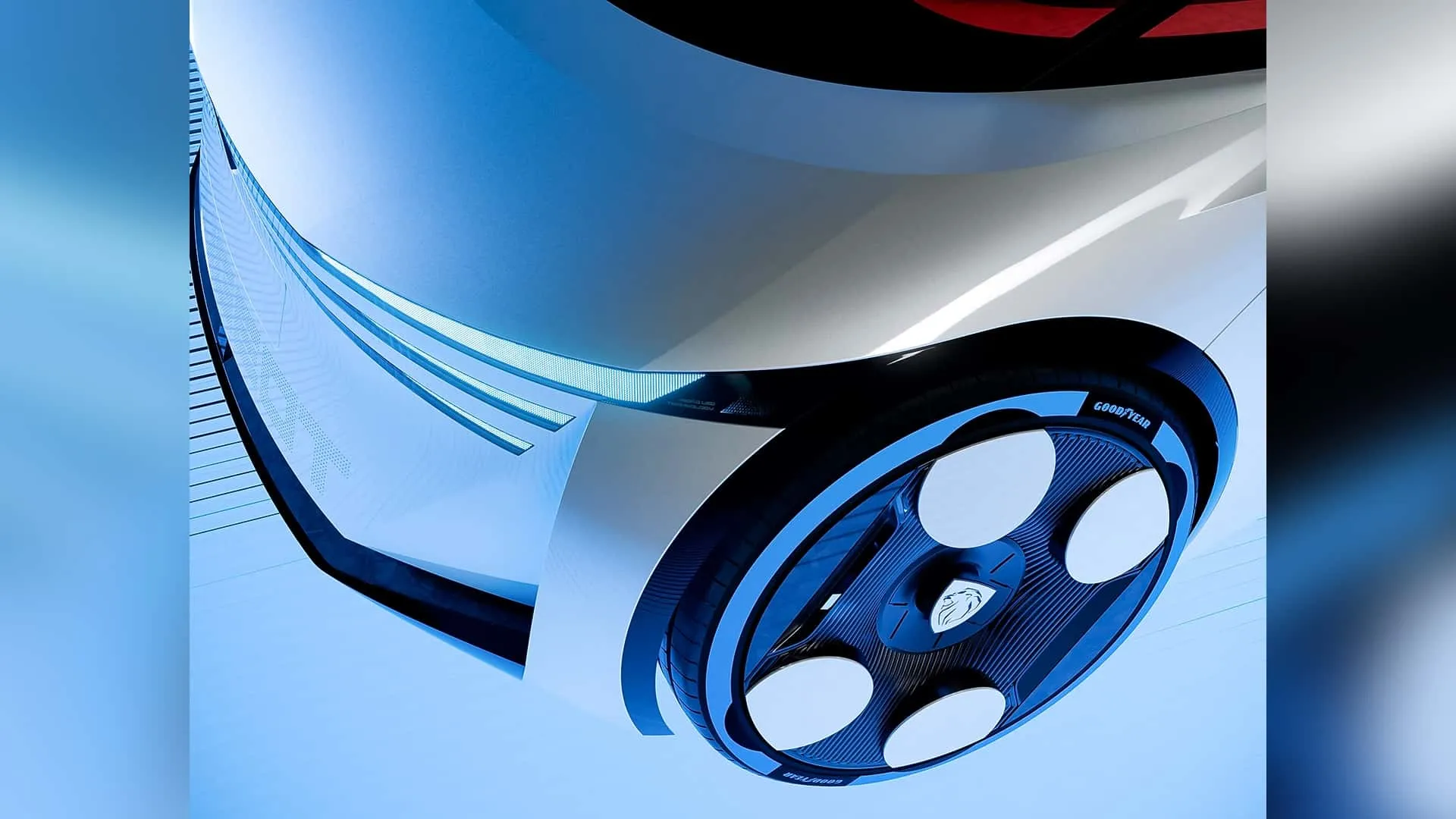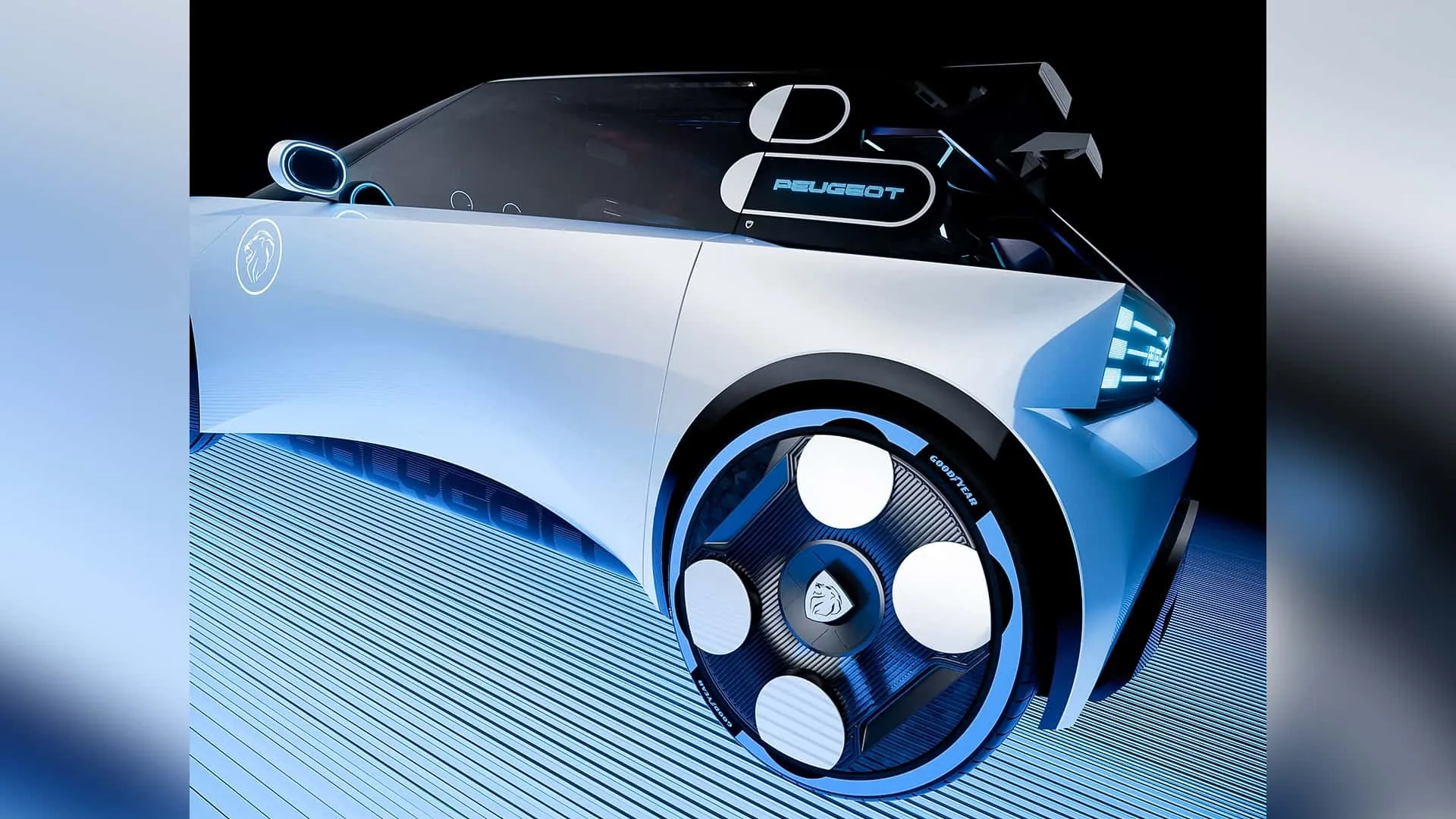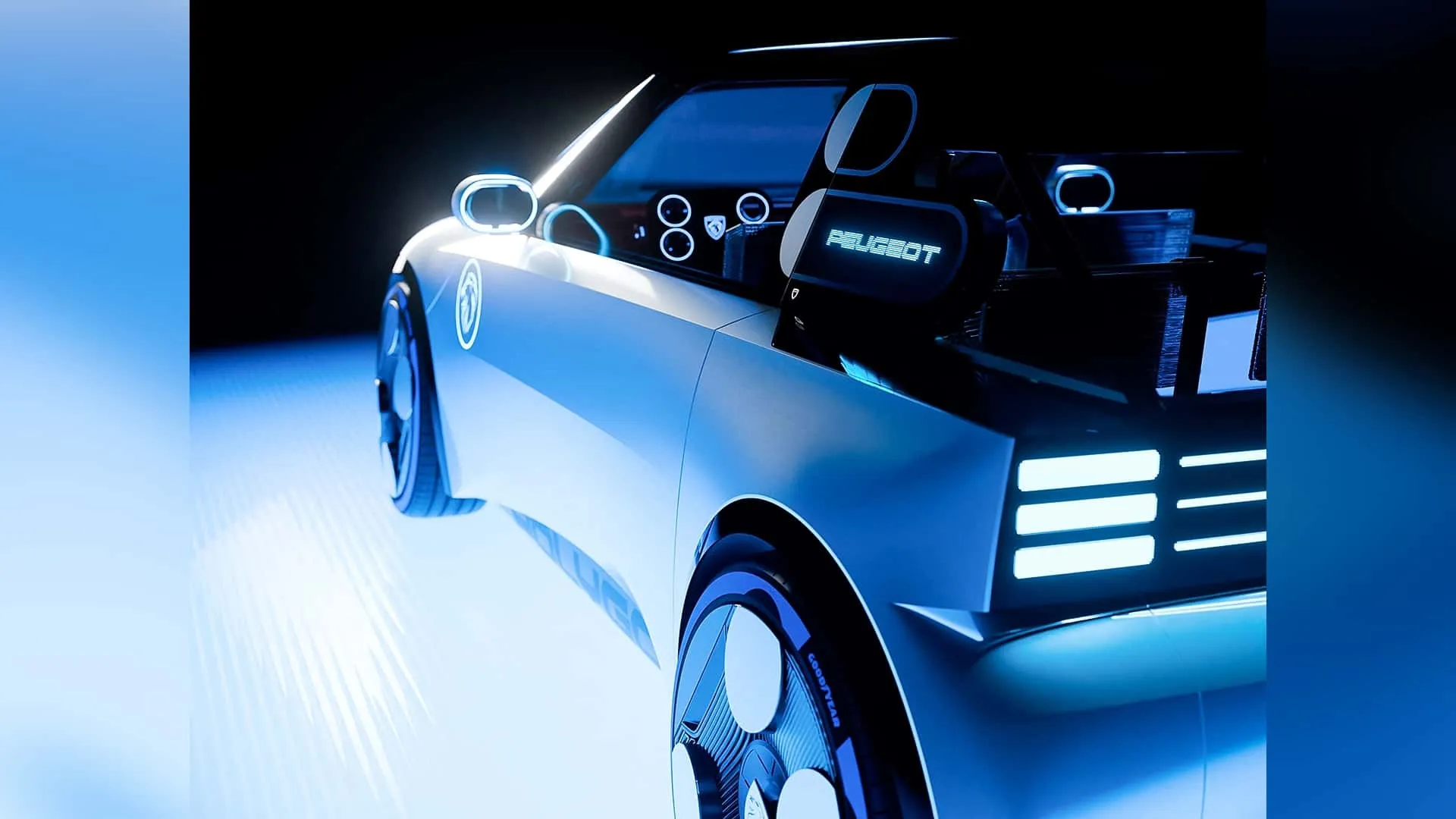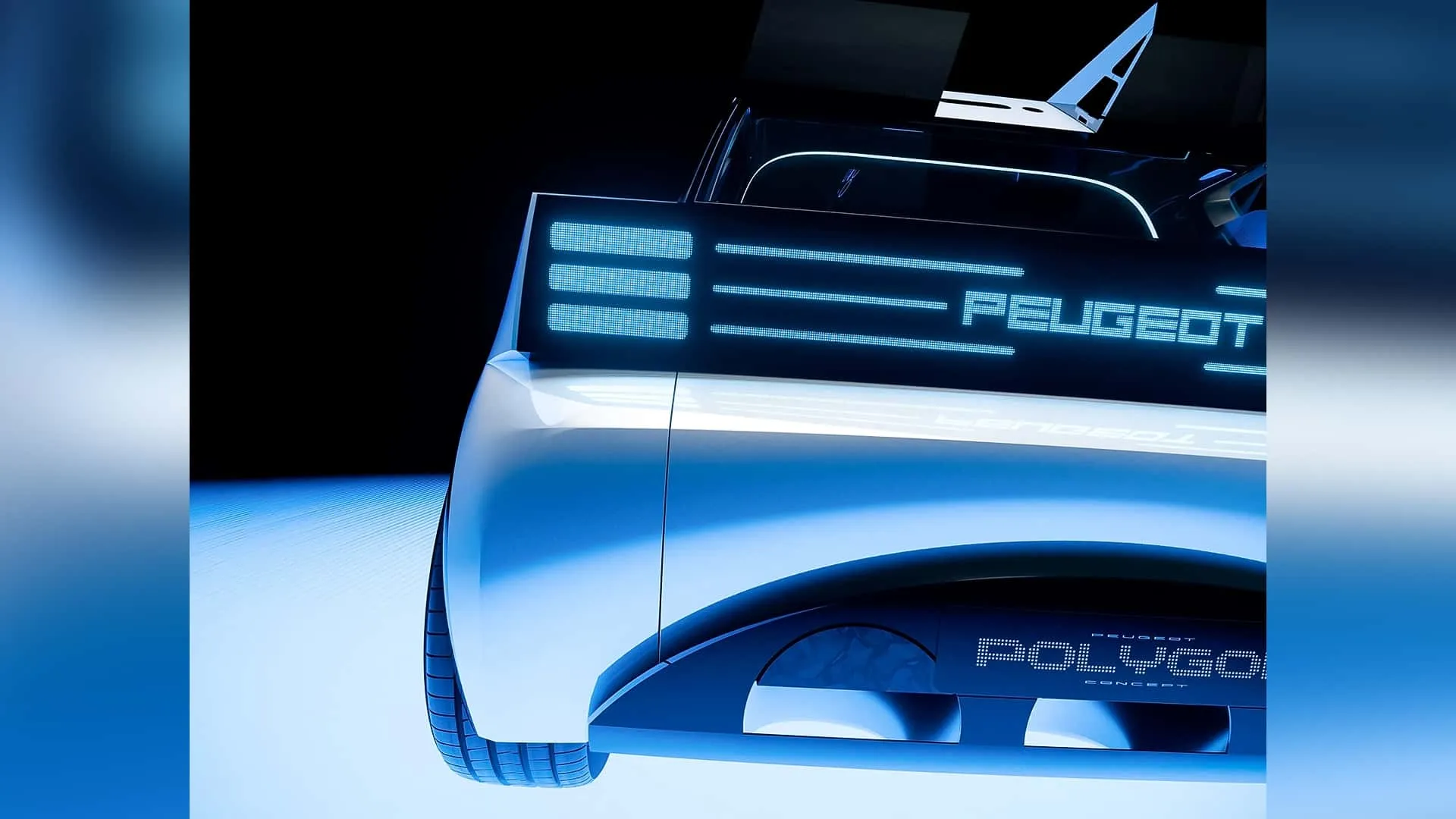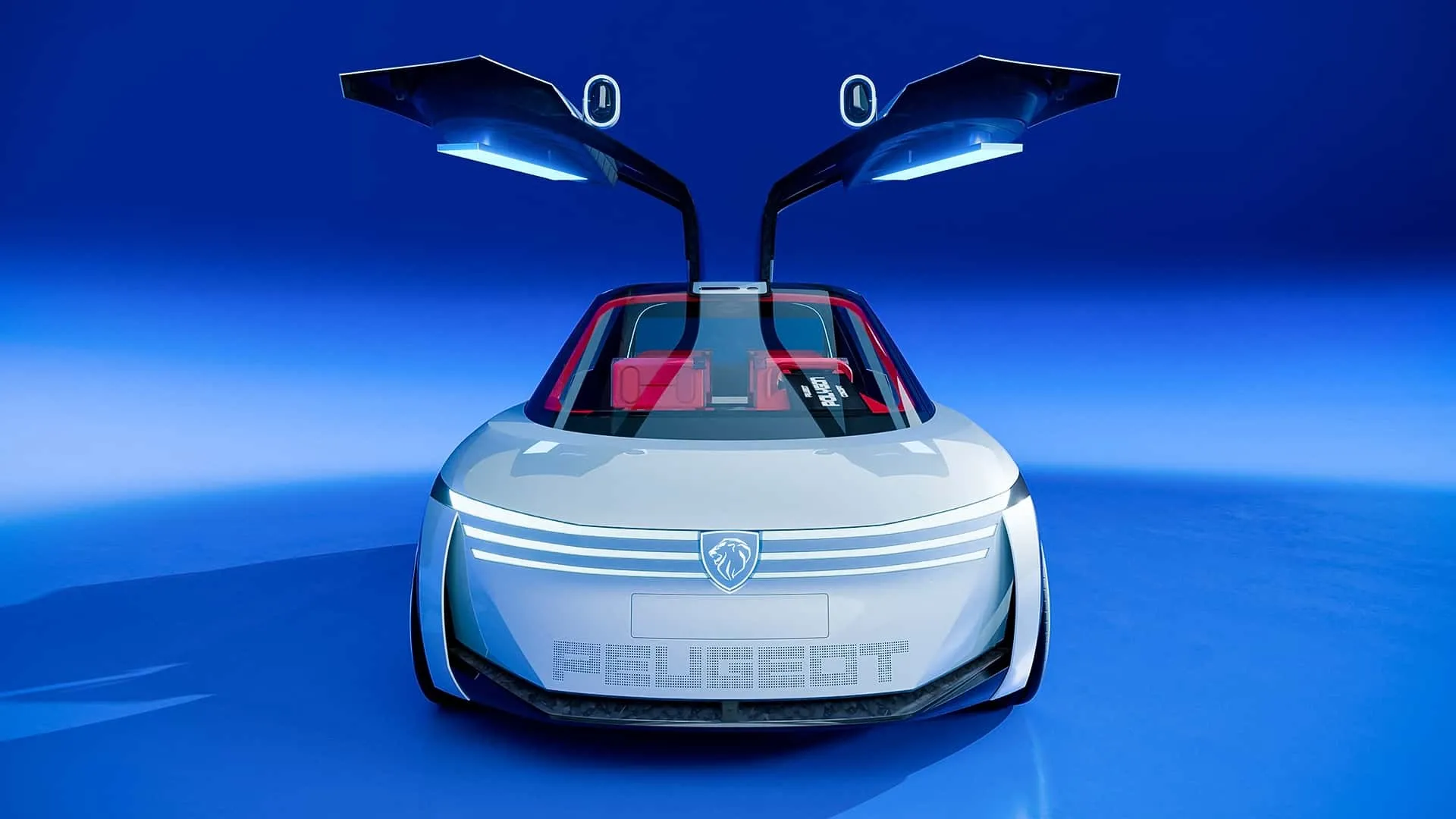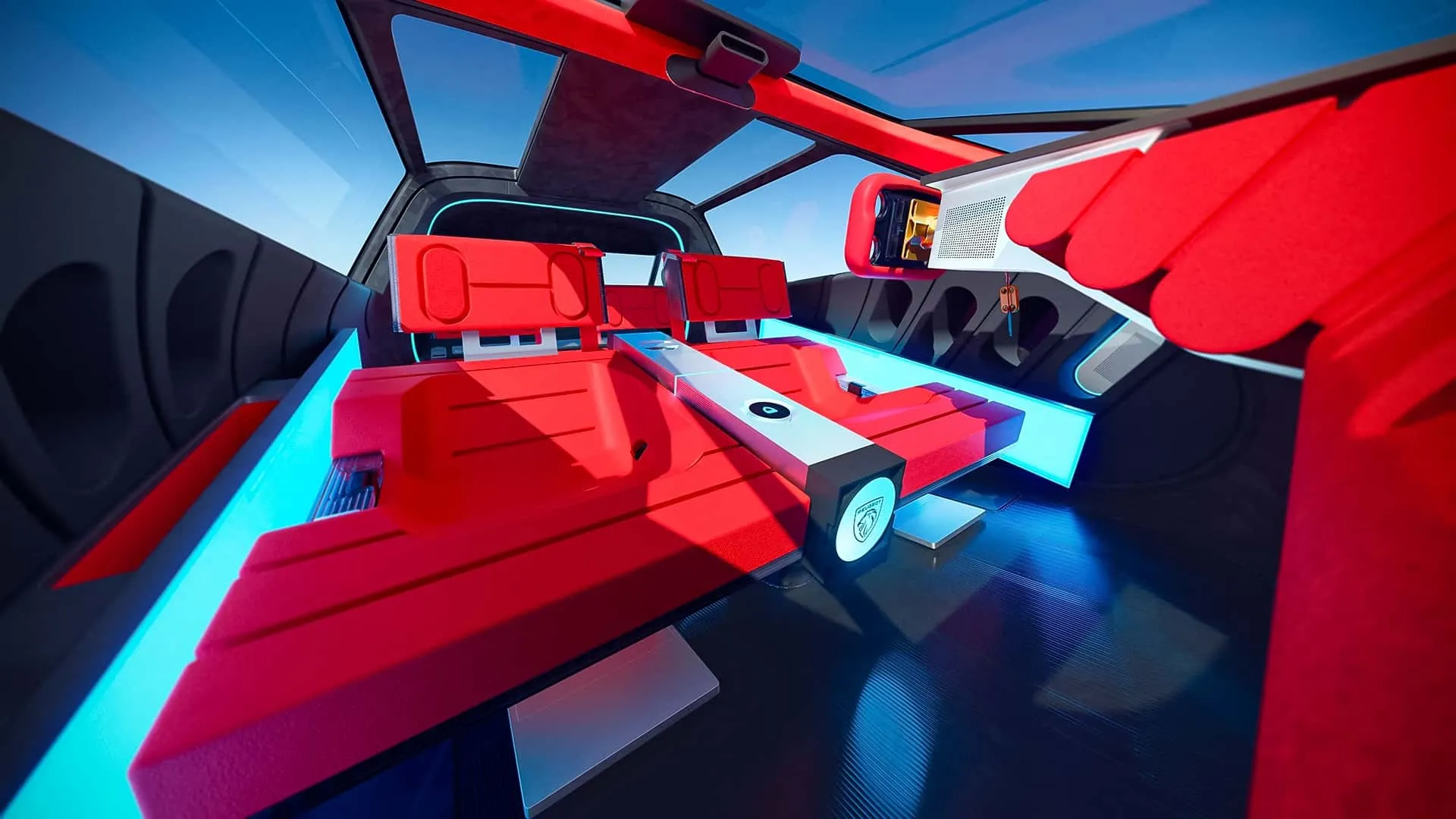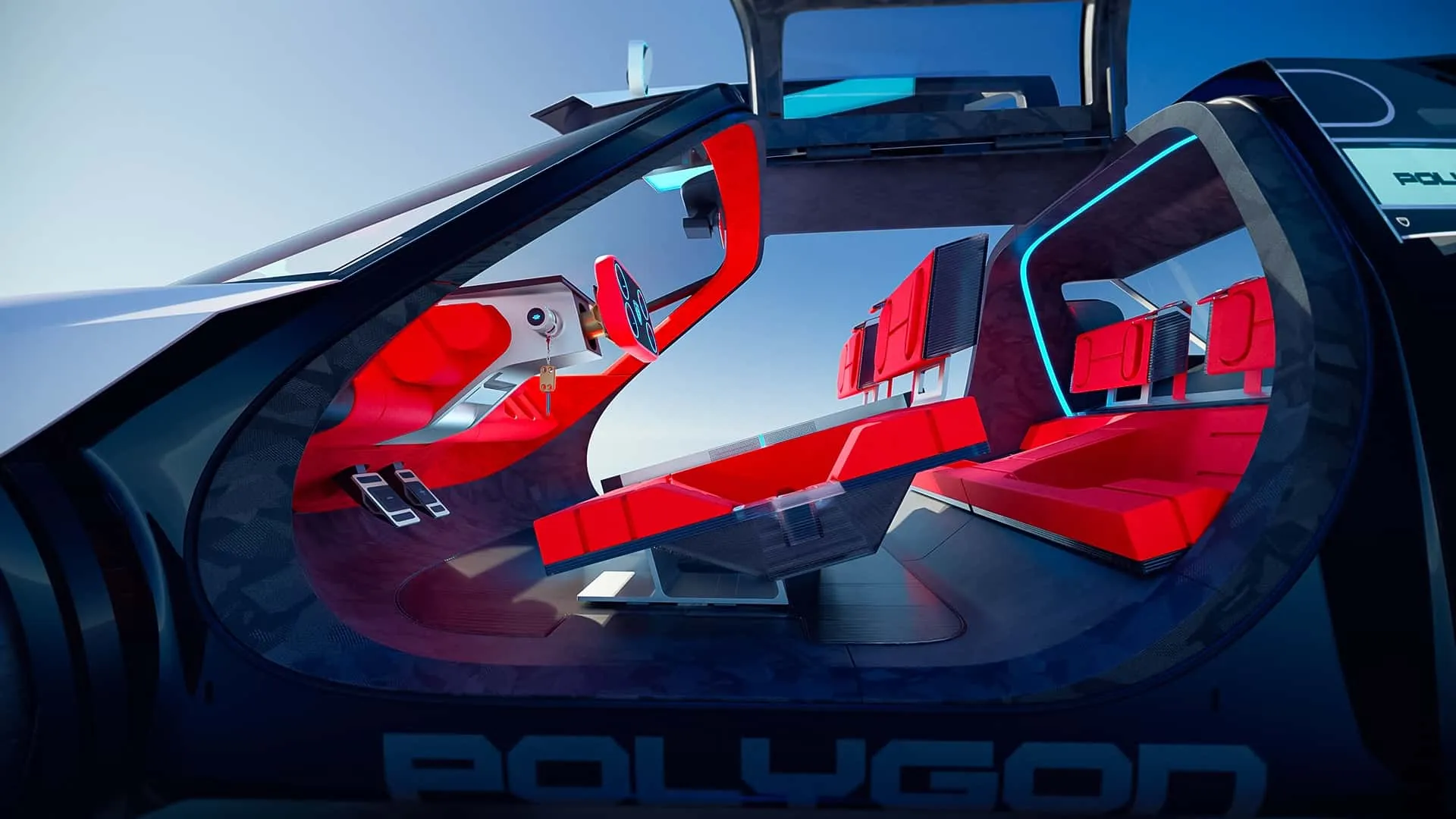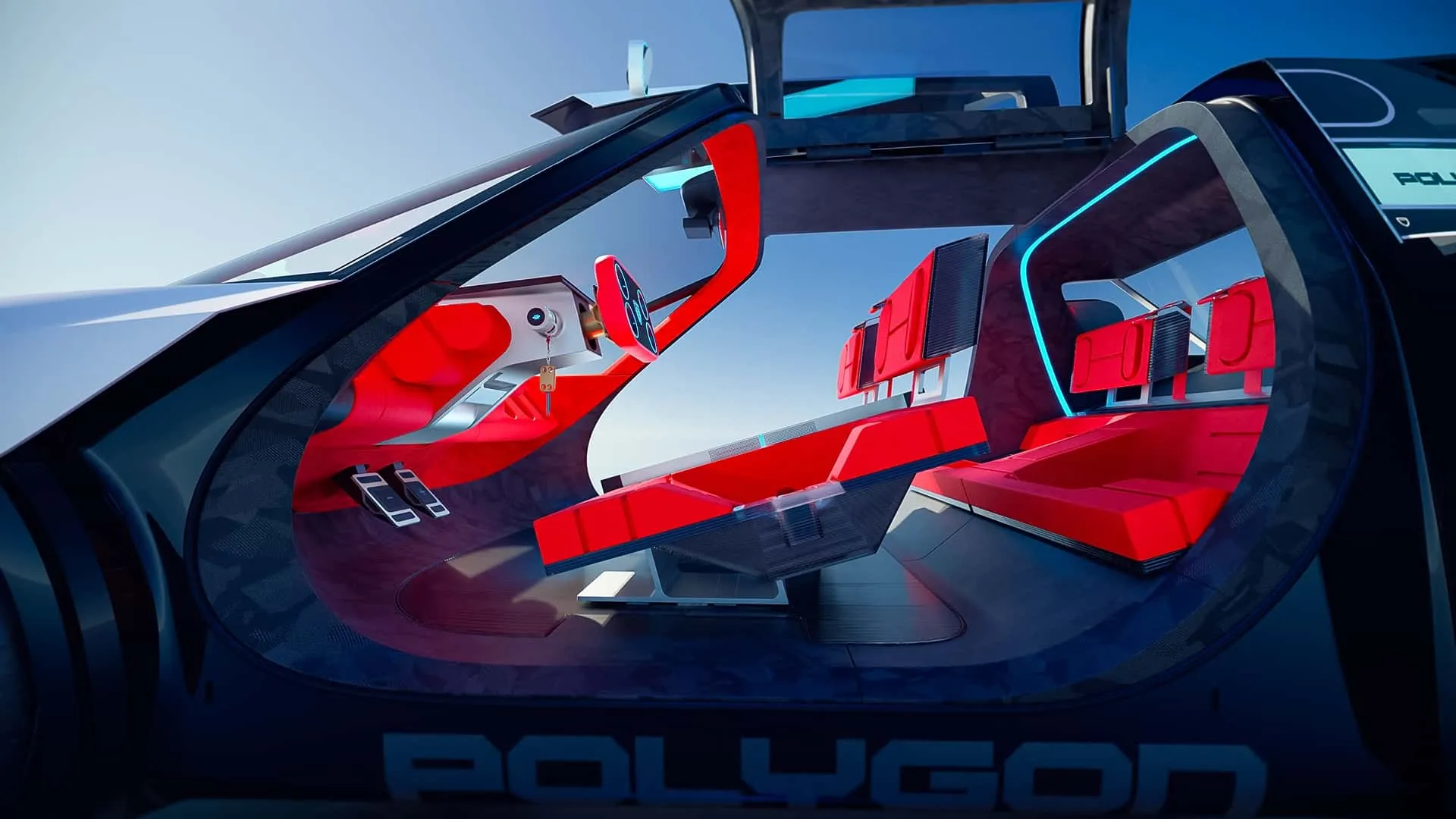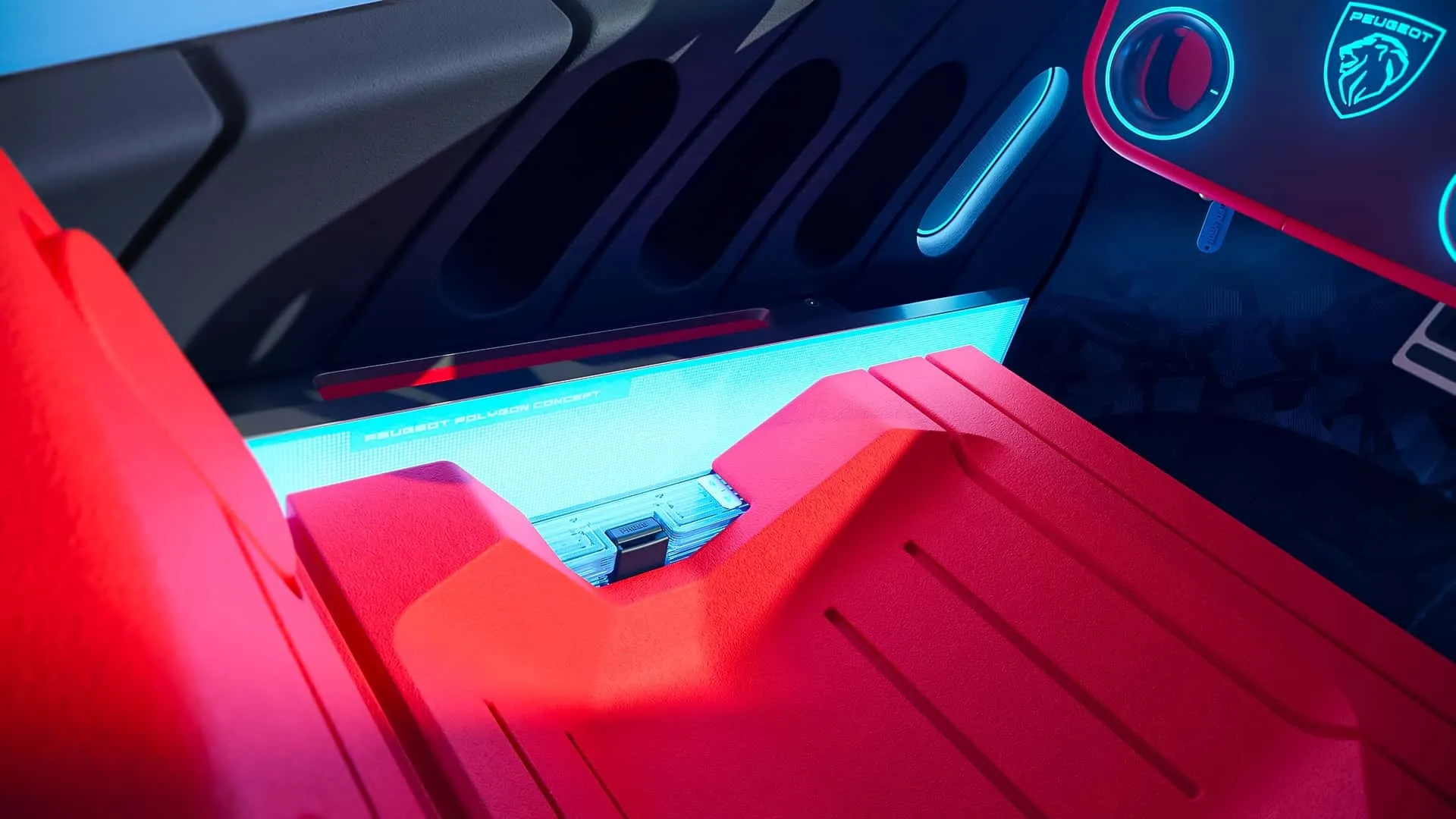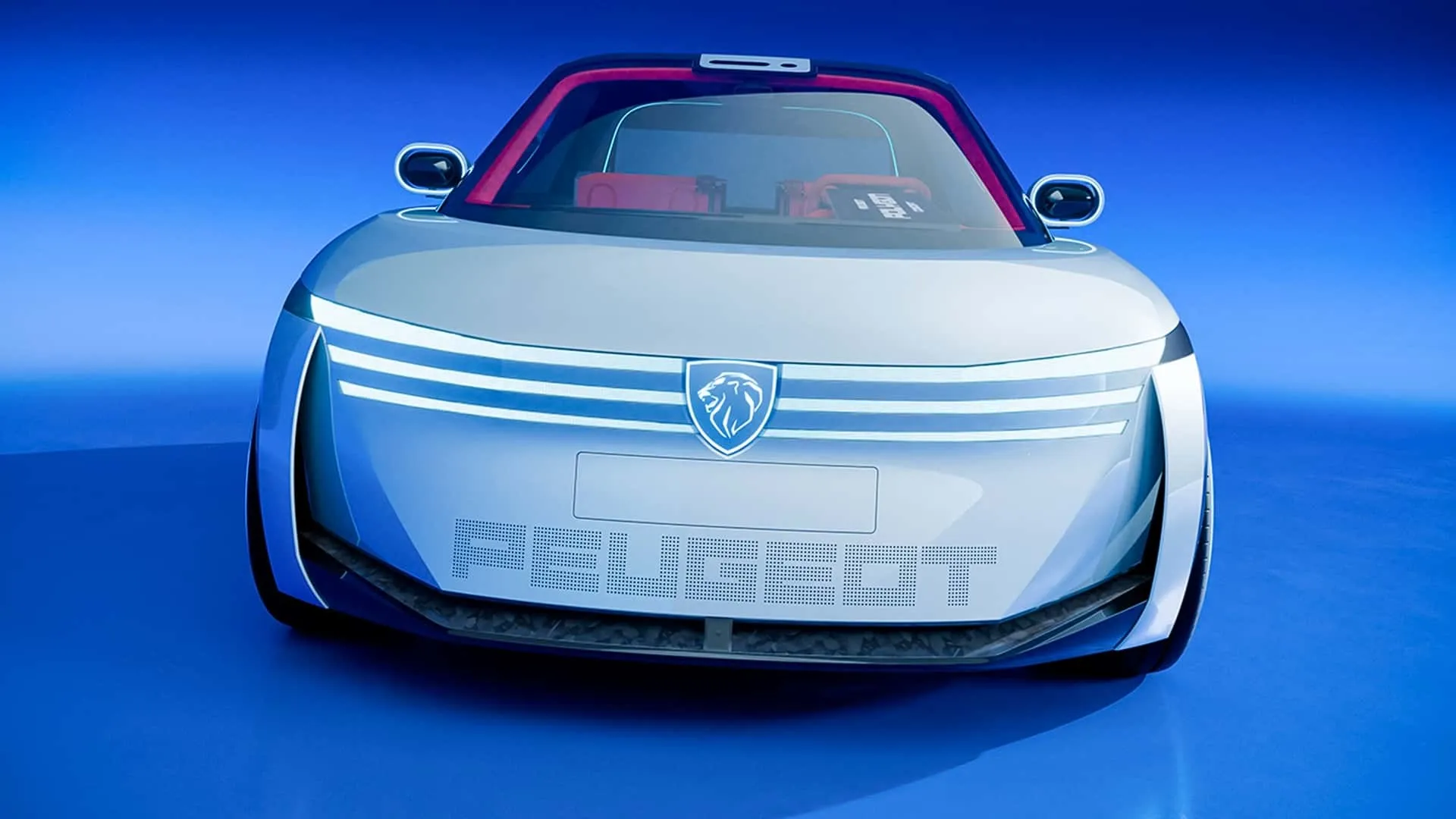Is the steering wheel dead? Peugeot’s Polygon Concept features a rectangular Hypersquare and steer-by-wire steering. Get ready for hyper-agility!

Peugeot has just unveiled a functional prototype that looks like it came straight out of a futuristic video game — and it’s not just a style exercise. The Polygon Concept is the most concrete preview of the brand’s next generation of compact cars, promising to radically redefine the driving experience. If you thought the current i-Cockpit was bold, prepare yourself, as the Polygon eliminates the traditional instrument panel and replaces the steering wheel with a rectangular piece that operates without any mechanical connection to the wheels. This is the future of the Peugeot E-208, and it begins in 2027.
The Driving Revolution: Goodbye to the Circular Steering Wheel (Steer-by-Wire and Hypersquare)
The most shocking and, undoubtedly, the most important element of the Peugeot Polygon Concept is the new steering system. The French automaker is bidding farewell to the circular steering wheel, even in the compact i-Cockpit format, to introduce the innovative rectangular interface called Hypersquare.
But the Hypersquare is just the tip of the iceberg. Behind it lies the real revolution: steer-by-wire technology. Just like in aviation, where controls are electronic, steer-by-wire removes the physical steering column that connects the wheel to the front axle. Movements are translated into electronic signals and sent to actuators on the wheels.
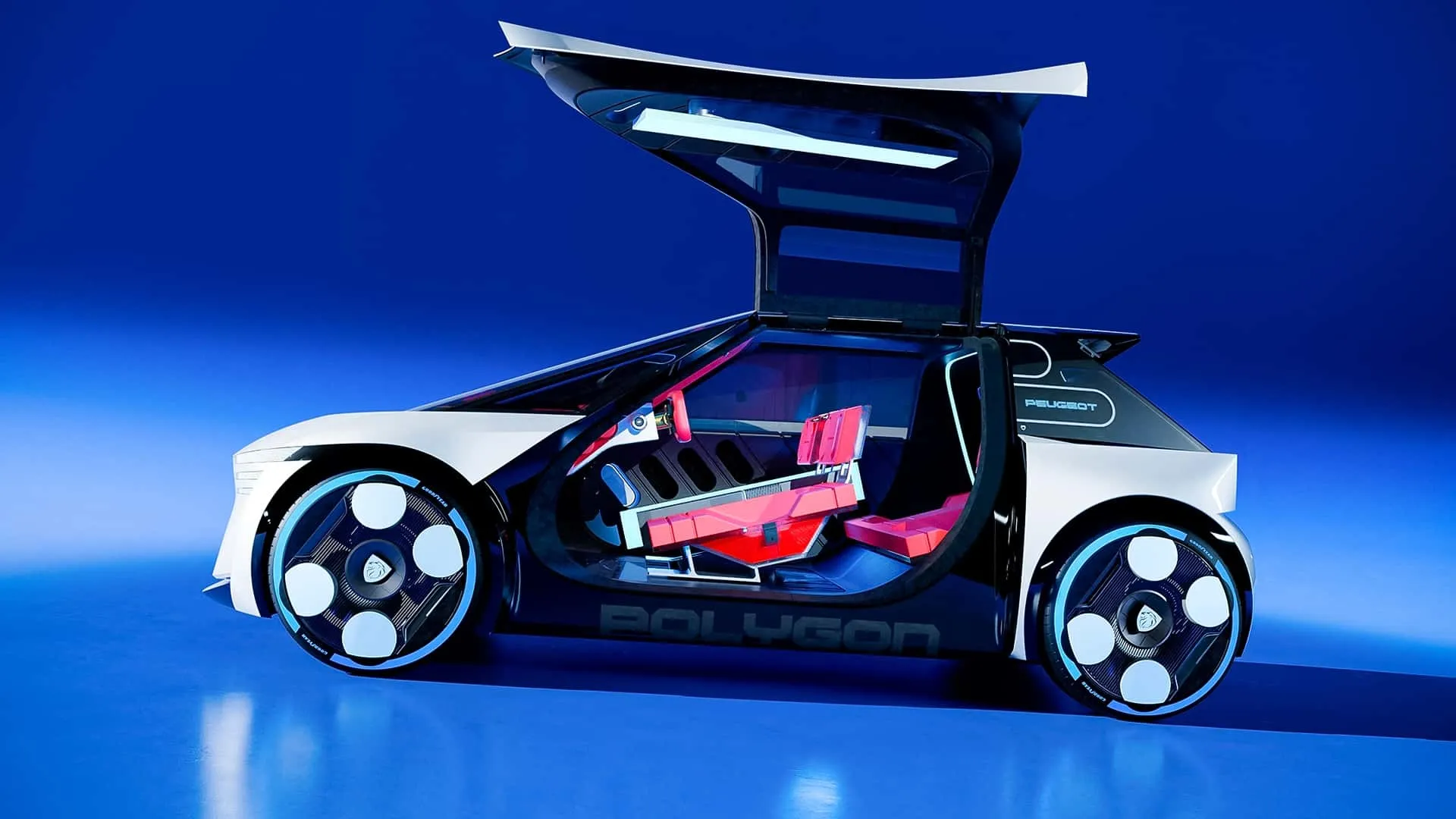
What is the benefit for the driver? Peugeot promises an “exceptional responsiveness and hyper-agility”. The system allows the steering to be electronically calibrated to adapt to speed, ensuring ease and agility in parking maneuvers and unwavering precision at high speeds. Additionally, the Hypersquare steering has a maximum rotation limit of just 170 degrees to each side. This means you will never have to cross your arms to make a 90-degree turn, drastically simplifying urban driving.
The rectangular design of the Hypersquare is no accident. It allows the driver to keep their hands in the ideal position, while four round capsules at the corners control central functions (like indicators and driving modes) with the touch of fingers. This technological integration is essential for the market, aiming to compete with the most agile and powerful sedans. By the way, if you’re looking for brutal performance, you might want to know how the New Porsche 911 Turbo S 2026 is a monster you can use for quick errands!
Immersive Cockpit, Sustainability, and the ‘Tron’ Look
The Polygon Concept is not only revolutionizing the way we drive; it changes how we interact with the vehicle. The cockpit is minimalist and futuristic, eliminating the traditional instrument panel and central screens that dominate current cars.
Head-Up Display: The Micro-LED Experience
Instead of physical screens, all driving, navigation, and entertainment information are projected directly onto the windshield using advanced Micro-LED technology. This projection is equivalent to a giant 31-inch screen, creating a clean and immersive driving experience. The display dynamically adapts to three driving modes: Cruise (focused on comfort), Fun (interactivity), and Hyper (performance information).
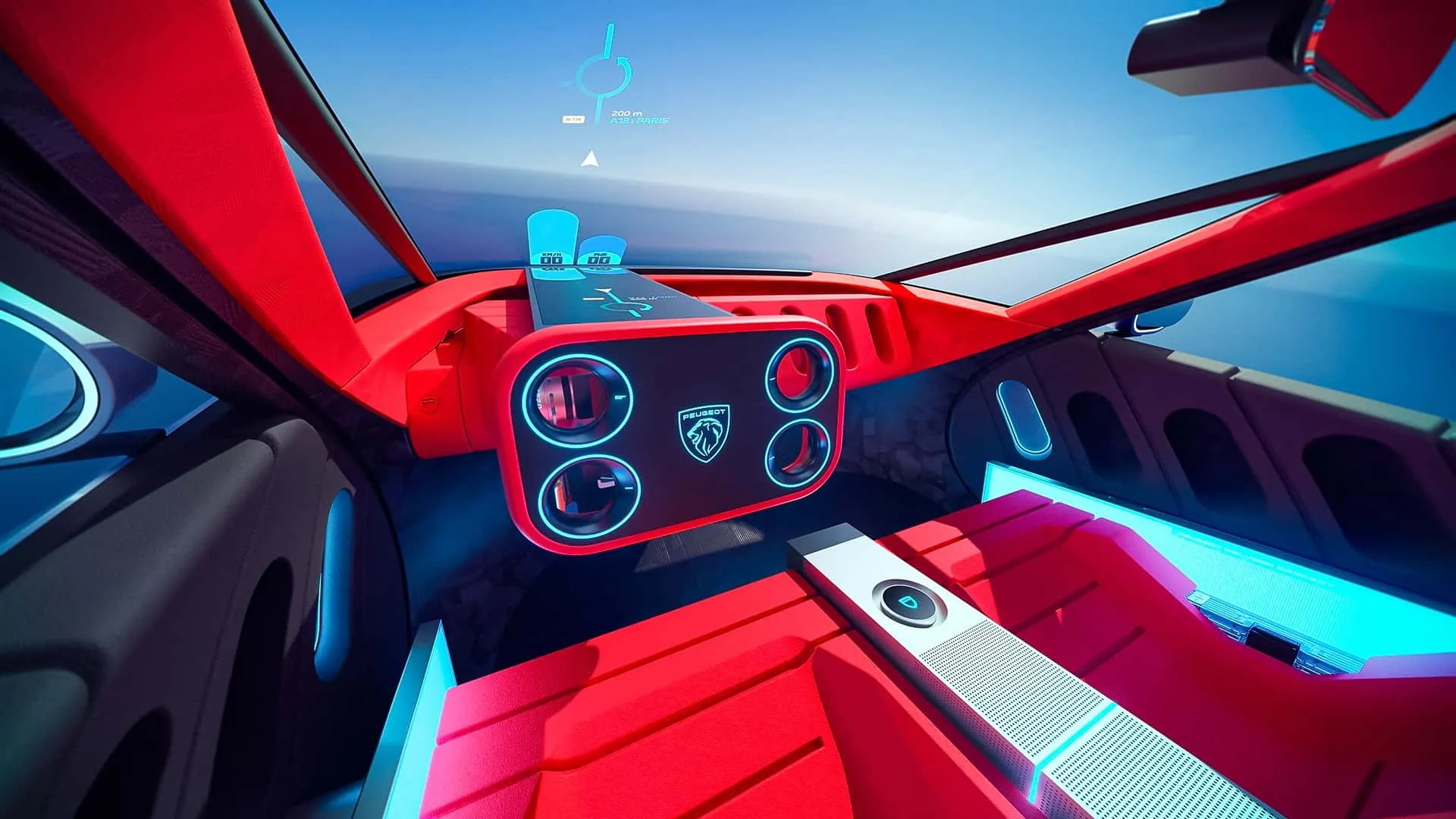
While many competitors bet on massive internal displays — like the panel presented by the German automaker — Peugeot’s Polygon inverts the game, using the glass as the primary screen. To get an idea of the level of immersion we’re talking about, see how the interior of the new Mercedes-Benz GLB EV is revealed, featuring a giant Superscreen never before seen in an SUV.
Angular Design and Sustainable Modularity
Visually, the Polygon embraces an angular, bold aesthetic that Peugeot itself compares to a video game look, with the body described as a “mass of overlapping angles over rectangles.” This sharp appearance and “Tron-like” look demonstrate the brand’s pursuit of a distinctive visual identity. For fans of aggressive concept design, the Polygon joins other visionaries, such as the Lamborghini Manifesto Concept, which also previewed the future of automotive aesthetics.
But form follows function and sustainability. The Polygon extensively uses recycled plastics (R-PET) and components manufactured via 3D printing, which not only reduces weight but also simplifies the production process by using fewer individual parts. Modularity is a pillar: hubcaps, seats, and dashboard elements can be swapped and customized in minutes, transforming the vehicle into a platform adaptable to the owner’s lifestyle.
Modularity and sustainability in the Polygon Concept are not just features; they are the backbone of how we see the compact car of the future: a dynamic and customizable object that minimizes waste.
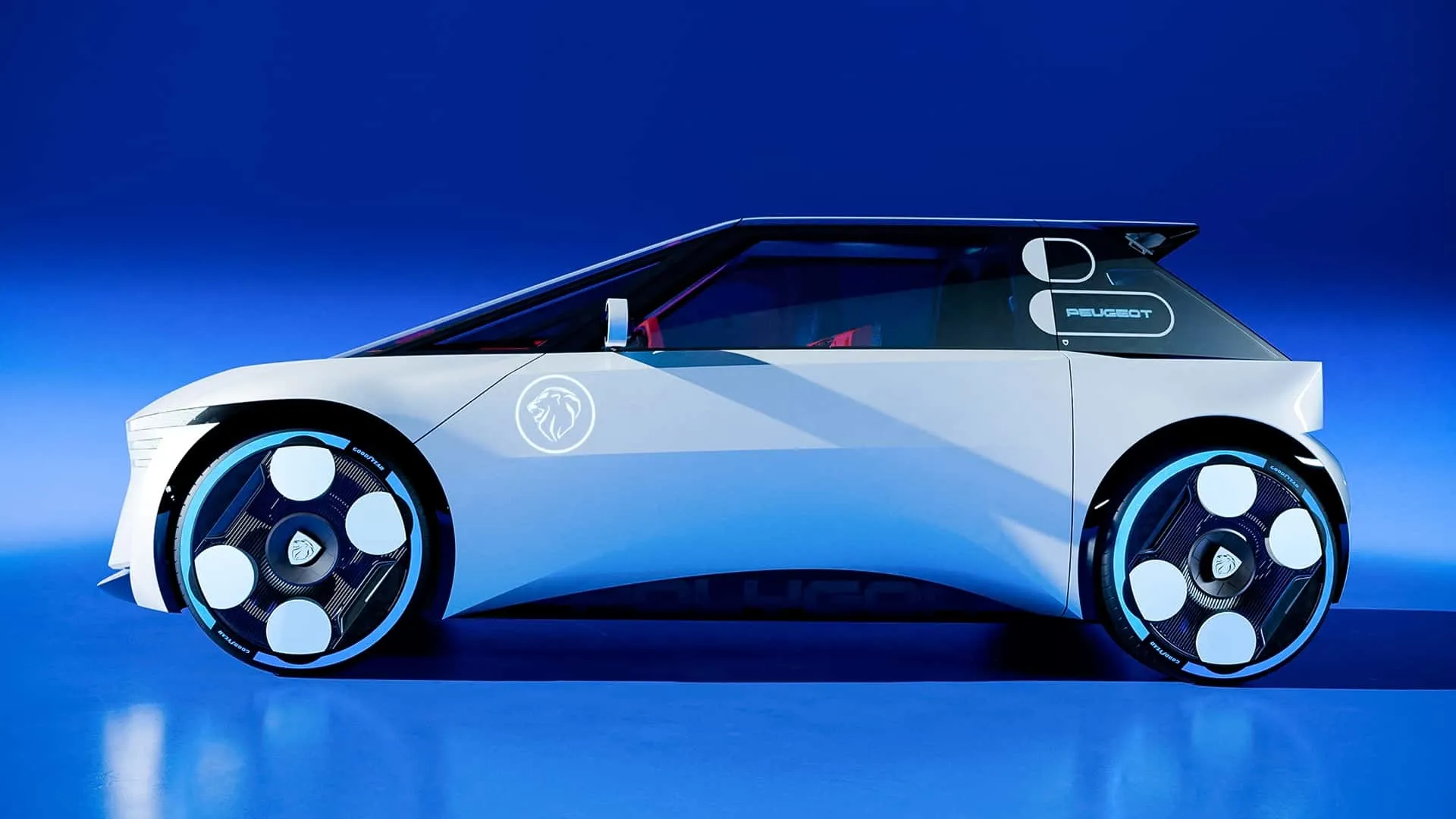
Preview of the E-208 2027: A Realistic Hint
The Peugeot Polygon Concept is not a distant dream; it is a functional prototype with clear production goals. It measures less than four meters, slightly shorter than the current Peugeot E-208, reinforcing its vocation for the segment of city electric compact cars that dominate European cities.
Starting in 2027, Peugeot (a member of the Stellantis group) plans to incorporate the first elements of the Polygon into its production models. Industry consensus is that this prototype is, in fact, the most faithful preview of the new Peugeot E-208. This means the Hypersquare steering wheel and steer-by-wire technology are expected to become reality for consumers very soon.
Investing in steer-by-wire technology in a high-volume compact car (like the future E-208) is a bold move that Stellantis is willing to make to stand out in the growing EV market. This is a crucial technological transition moment for all manufacturers. The race for innovation in EVs in 2027 promises to be intense, with new launches, including in the US market. Want to learn more about the vehicles arriving on the market around the same time? Check out the New Chevrolet Bolt 2027: Detailed analysis of fuel economy, 255-mile range, and fast charging.
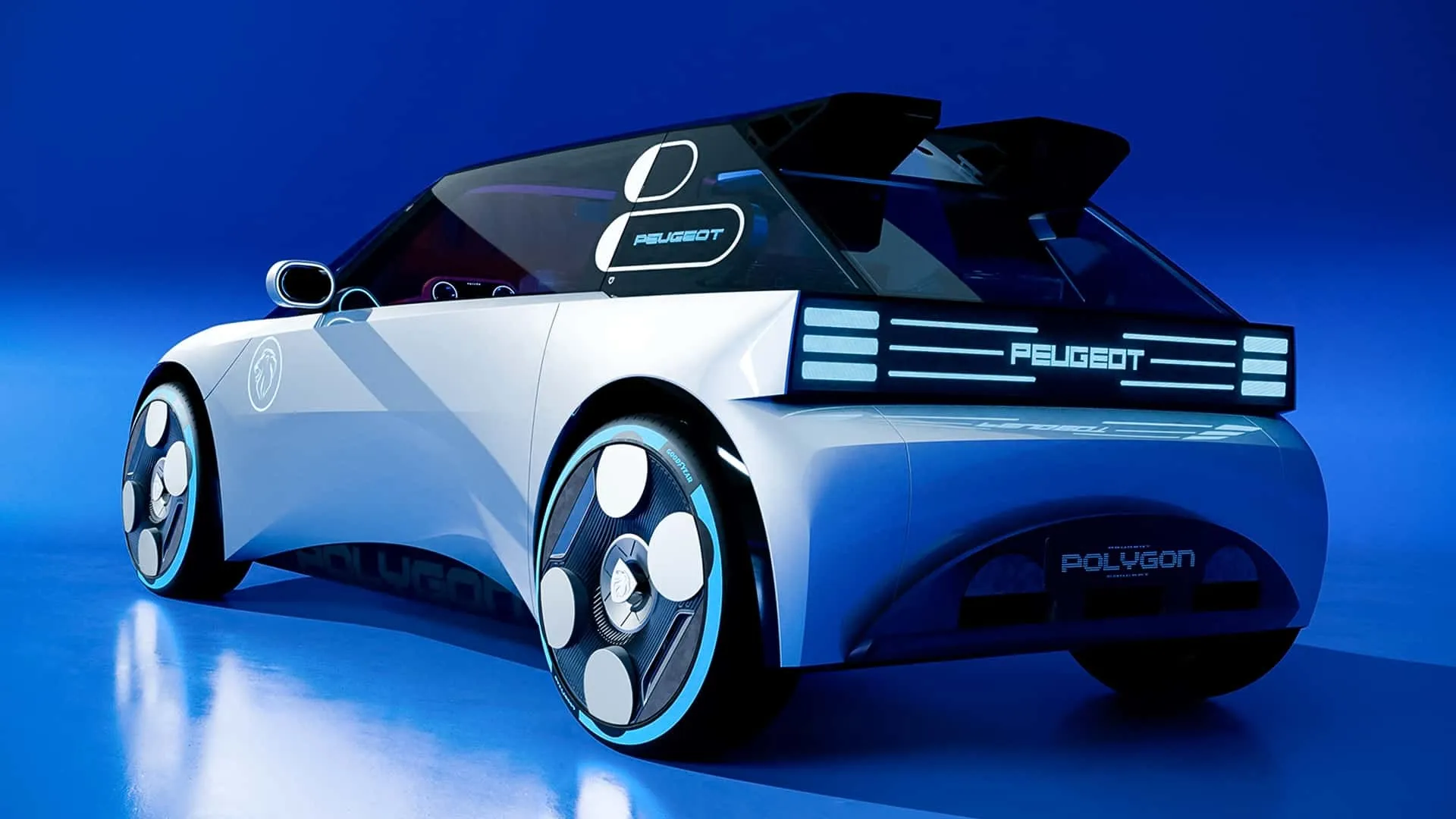
Besides steering and cockpit, the focus on modularity and the use of materials like R-PET (recycled polyethylene terephthalate) demonstrates Peugeot’s commitment to the new circular economy. While the market seeks high-performance solutions and greater autonomy, sustainability in the supply chain and customization ability become key differentiators. Innovations in batteries and charging are also vital for the future of EVs, such as the advancement of the Toyota solid-state battery revolutionizing 2027 with a guaranteed 1,000 km range and fast charging.
Peugeot Polygon Concept transcends the function of a mere concept car. It is a manifesto of the new Peugeot: aggressive in design, disruptive in technology, and focused on building vehicles that are both fun to drive and environmentally responsible. The combination of steer-by-wire hyper-agility with an immersive cockpit projects a future where the connection between driver and machine is purely digital but ultra-precise. If this is the precursor to the E-208, the next decade for the French brand will be, at the very least, spectacular.



